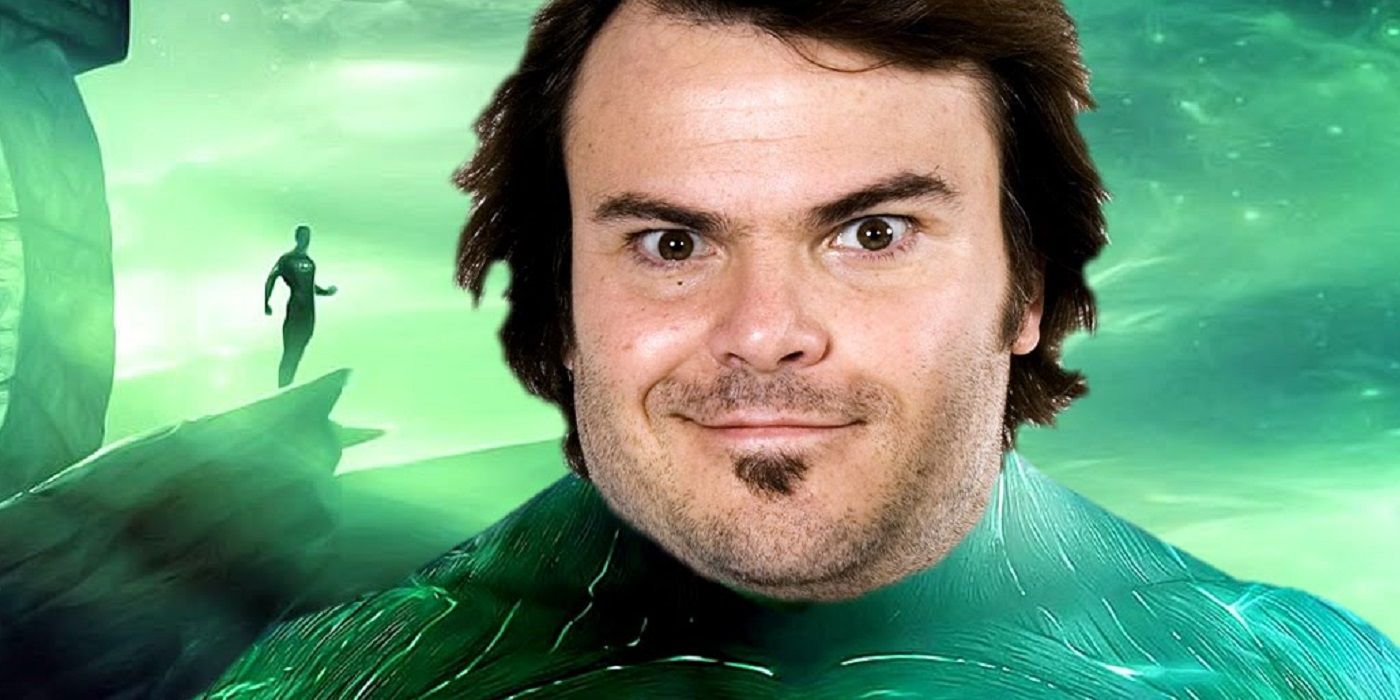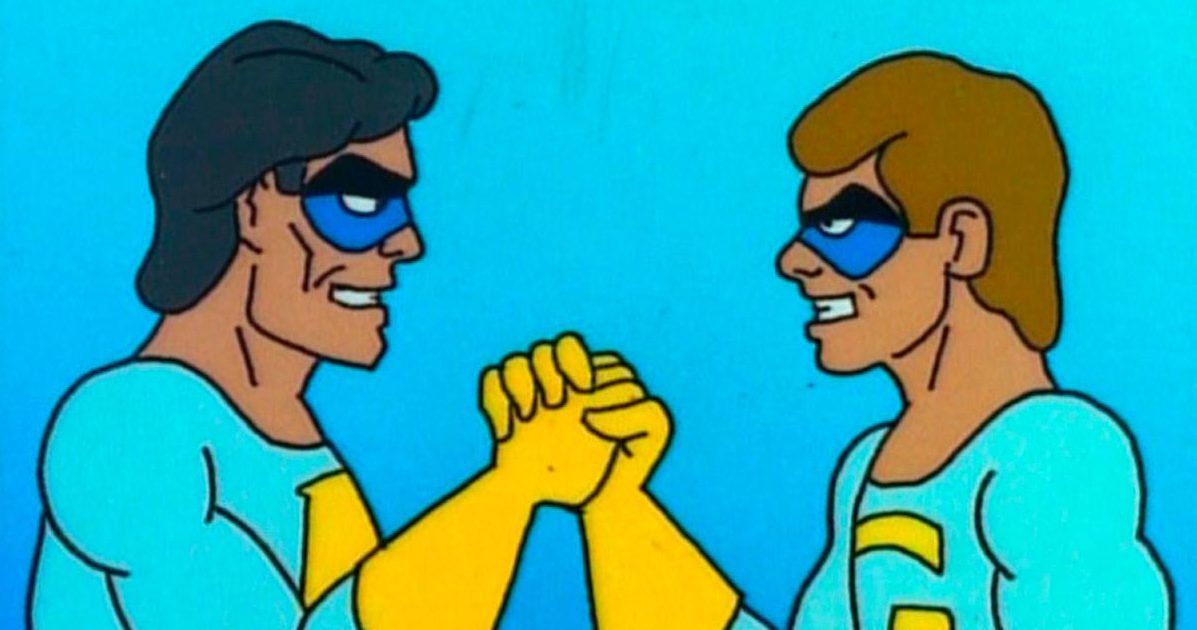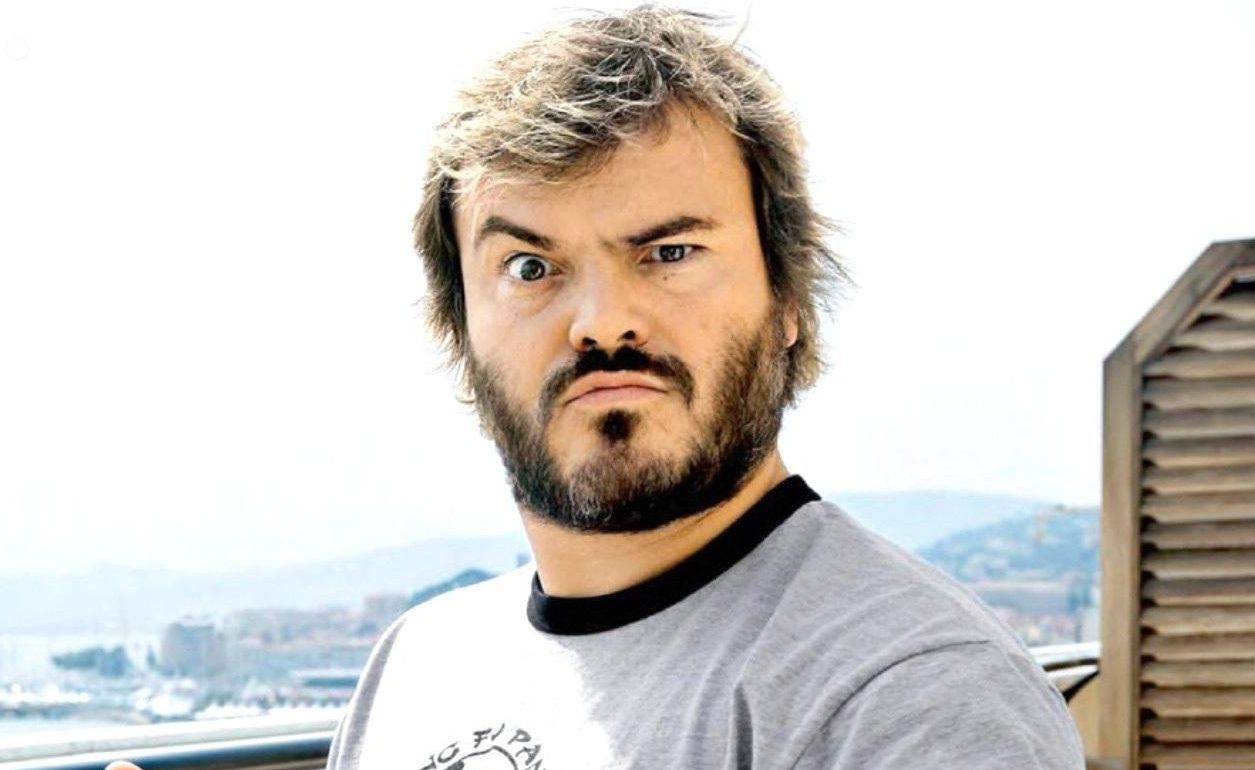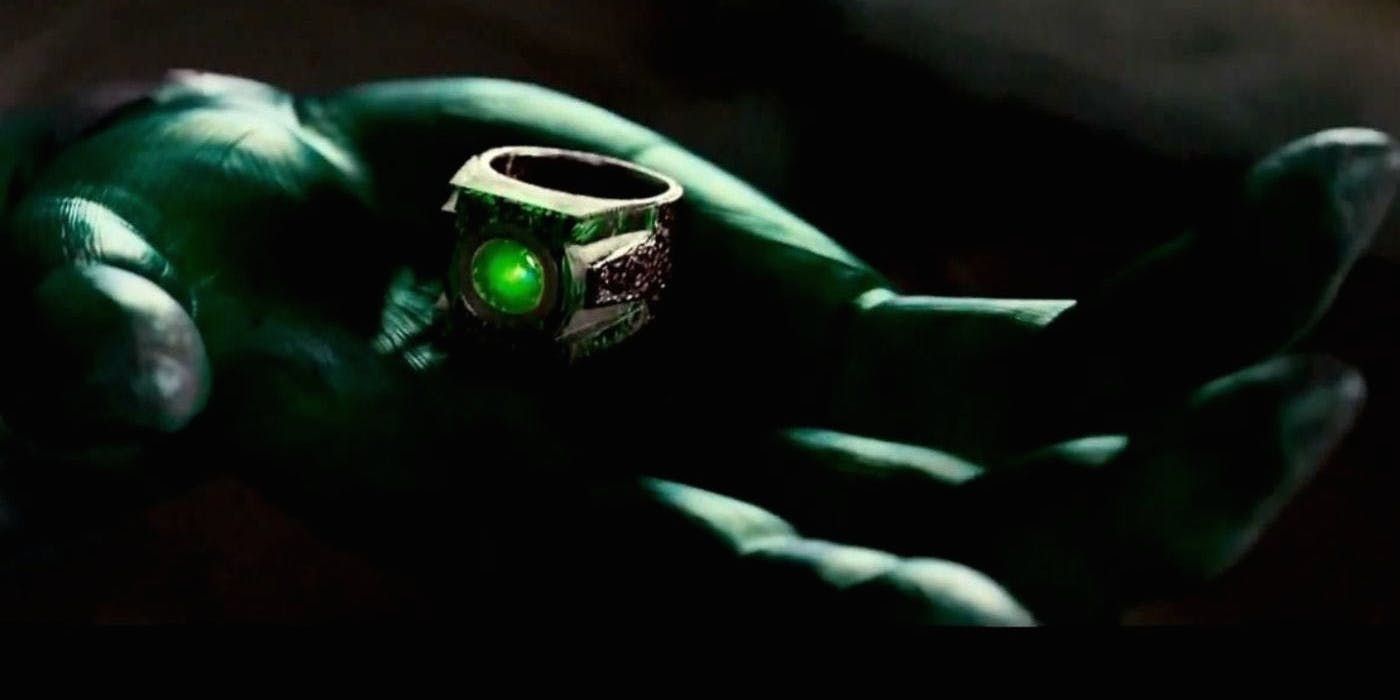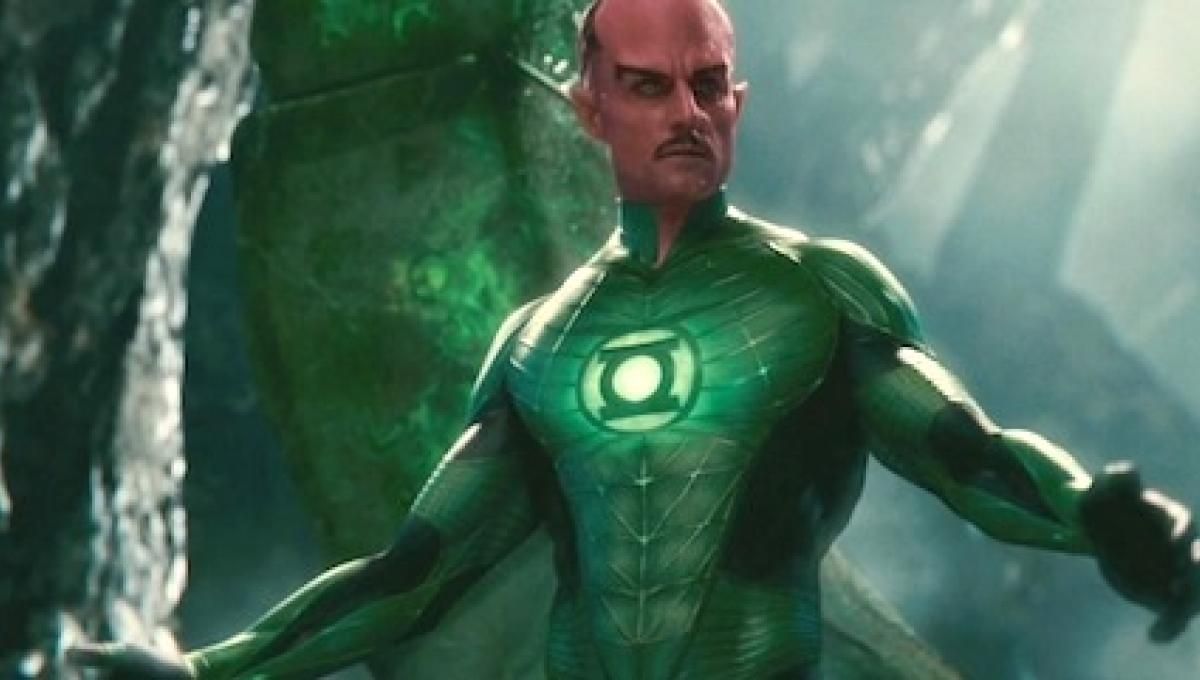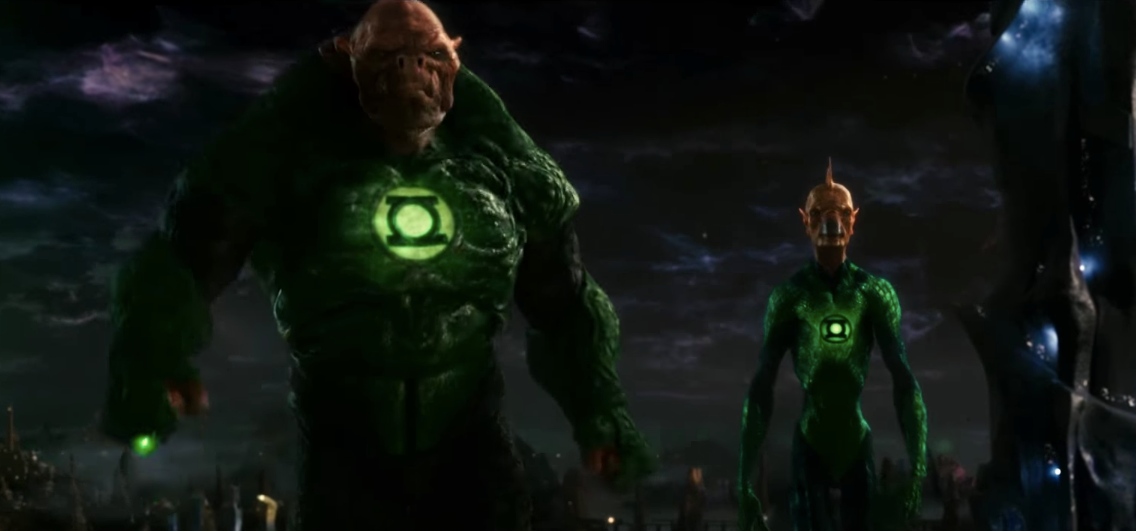Welcome to the sixth installment of Page One Rewrite, where I examine comics-to-screen adaptations that just couldn’t make it. This week, we’re looking back at possibly the strangest superhero casting that nearly happened, in those long-ago days of the early aughts.
Development of the Green Lantern film released in 2011 goes back to at least 1997, when Kevin Smith was approached to write the screenplay. He turned down the offer, however, and Warner Bros. pursued other filmmakers, including (reportedly) Quentin Tarantino. By 2004, development was moving closer to an action-comedy.
Eventually, the project was assigned to comedy writer Robert Smigel. And it’s important to acknowledge Smigel’s credibility in this world. Not only is he the creator of Triumph the Insult Comic Dog, but he’s also a legendary Saturday Night Live writer, and an early executive producer of Late Night with Conan O’Brien.
He also has the distinction of creating TV Funhouse, a one-time SNL staple that only lasted a few episodes on Comedy Central as its own series, due to the budget. (But also, according to rumors, concerns over its content. You couldn't even Google the name of a certain sketch on that show without landing on some FBI watchlist today.) Smigel’s interest in superheroes is anything but reverential. Anyone who’s seen his TV Funhouse shorts The X-Presidents and The Ambiguously Gay Duo surely knows this.
The version of Smigel’s Green Lantern script that leaked is dated June 20, 2006, with an acknowledgment on the cover his story is inspired by the DC comics miniseries Emerald Dawn. The opening pages present a traditional retelling of the Hal Jordan origin, with the Green Lantern Abin Sur crashing to Earth and selecting a human with no fear to receive his magic ring. In this version, however, the ring bypasses Jordan and locates an Atlanta-area slacker named Jud Plato.
There’s no real description of Jud’s look or demeanor, and the reason is simple. The studio had already selected its Green Lantern: the energetic, perpetually adolescent, Jack Black.
Jud is identified by the ring as one who "does not know fear," a quote from the host of the Fear Factor-style reality show on which he competes; he's eating a coyote head on the series when we meet hims. In his daily life, however, Jud has a menial position at a furniture store, a strained relationship with his family, an unrequited crush on his boss, Corrine, and a nerdy best friend, Seth. (The latter is likely written as a role for a young Seth Rogen. Or maybe Seth Green. Actually, he’s the go-to “nerd guy,” isn’t he?)
In this world, all superheroes, including their origins and secret identities, are publicly known. No one seems that distressed over a fictional character entering reality here, but presumably, this is all in service of the script’s alleged humor. There’s a running joke that Green Lantern is either the eighth, or 10th, or 15th most-famous hero, based on whoever encounters him.
Seth is steeped in superhero lore, goading Jud to use his newfound powers altruistically. Jud would rather use his abilities to impress Corrine, however -- or maybe create some supermodel emerald constructs that he’s very possibly using as sex toys.
That’s an aspect of the script difficult to ignore today. Clearly, there’s no social-media backlash to contend with in 2006, and the script is very much of that era. This Green Lantern thinks nothing of generating an emerald recreation of a teenage Britney Spears to perform for him, declares he deserves some “quality poon” as a superhero, eavesdrops on two police officers discussing having sex with a high school student, casually smacks his pet cat around, uses “gay” as a pejorative, has some “bro talk” with Kilowog, and uses his ring to create stereotypical portrayals of various minorities (a “sassy black lady” construct to contend with the big villain, for instance).
Smigel also seems vague on how the ring’s powers traditionally work. Not only does the ring somehow, ahem, enhance Jud’s package, but he can also transmute objects with the ring. So Jud can turn bullets into popcorn, for instance, whenever the slacker cares enough to charge his ring.
The Jack Black Green Lantern plays out exactly as you’d expect him to. And, on paper, this stuff isn't funny. The basics of the plot, if you must do a comedic screw-up Green Lantern, actually have potential, however. Throughout the script, Jud is introduced to the Green Lantern Corps, and is paid a personal visit by Sinestro (still a member in this canon.)
Sinestro takes a look at the planet and asserts Jud's unsuitable for this role, confiscating his ring. Sinestro then declares Earth’s sector under his protection, which means all humans must follow his dress code and personal grooming. One of the few decent jokes (maybe the only one) establishes former Dateline NBC anchor Stone Phillips as Sinestro’s ideal for these slovenly humans.
The big reveal is that Sinestro was always responsible for Jud becoming this Lantern. We learn in the finale he’s the one who manipulated Abin Sur’s signal, forcing it to locate a bumbling human like Jud. While Earth is subjugated under Sinestro, the alien Tchk-Tchkii have amassed into a yellow robot (and later, a yellow asteroid … and later still, a massive Pikachu) and are heading for the planet.
Jud later demonstrates he is worthy of his ring when he bravely defends his family's store during a riot inadvertently caused by Sinestro. Eventually, Jud proves to himself he isn’t a screw-up, using his alleged wit to defeat both Sinestro and the massive Pikachu. The final scenes have the Guardians of the Universe reluctantly accepting Jud, just as he develops a new crush on his fellow Lantern, Katma Tui. Oh, and because this is … what it is, we also have a glimpse of Seth having intercourse with a green elf construct created by Jud. He’s named his new lover Beyonce.
FAN SERVICE
It’s unlikely anyone will argue this was made for Green Lantern fans. But Smigel, to be fair, doesn’t totally reinvent the lore. (Basically, it’s a parodic take on Green Lantern; a Mad magazine piece that does on forever.) And he’s done research on the assorted Lanterns, instead of just inventing zany aliens for the sake of one scene.
NON-FAN SERVICE
These numbers have declined rapidly in the past 10 years, but there is a segment of the public that views all of this as silly. So, doing a comedic superhero film for the people unwilling to buy into the angst of Christopher Nolan’s Batman wasn’t actually that an outrageous of an idea. But, seriously, who was the audience for this? It’s not weird or disturbed enough for Smigel’s fans. And the humor’s often too crass for family audiences (five f-bombs, in addition to all of the sex jokes). Yet, many of the jokes, like the house cat transformed into a Sinestro clone, seem aimed directly at kids.
PULLED FROM THE SCRAPS
The sequences of Kilowog training the neophyte Green Lantern, and establishing a Lantern Sinestro as a potential villain, are similar to 2011’s Green Lantern film.
DID WE DODGE A BULLET?
Oh, that’s an emphatic “YES” there. In fact, negative public reaction after word of this script leaked was enough for Warner Bros. to finally cancel the comedic take. (John Byrne has stated he was asked to pitch for a Lantern film starring Eddie Murphy in the 1980s, so it seems Warner Bros. held on to doing this as a comedy for decades.)
As someone who isn’t personally a fan of Black, having to digest a writer attempting to do Black-isms on the page is just intolerable. Possibly the only thing worse than Black ad-libbing a line about a woman having “fake boobly-zooblys” is knowing it was once written down by a legitimately talented comedian. Perhaps Smigel thinking Black would bring his own style to this on the set—that he was only providing scenarios where Black could be funny once they shot the scene—explains why so much of this is unfunny. Painfully unfunny. That Ryan Reynolds movie is no classic, but it doesn’t deserve to be buried in a desert. This, however …
Okay, before I sign off, I'd like to announce my comics-themed novel Black Hat Blues, is now available on Audible! If you follow this link, I even earn a healthy bounty from Amazon!

